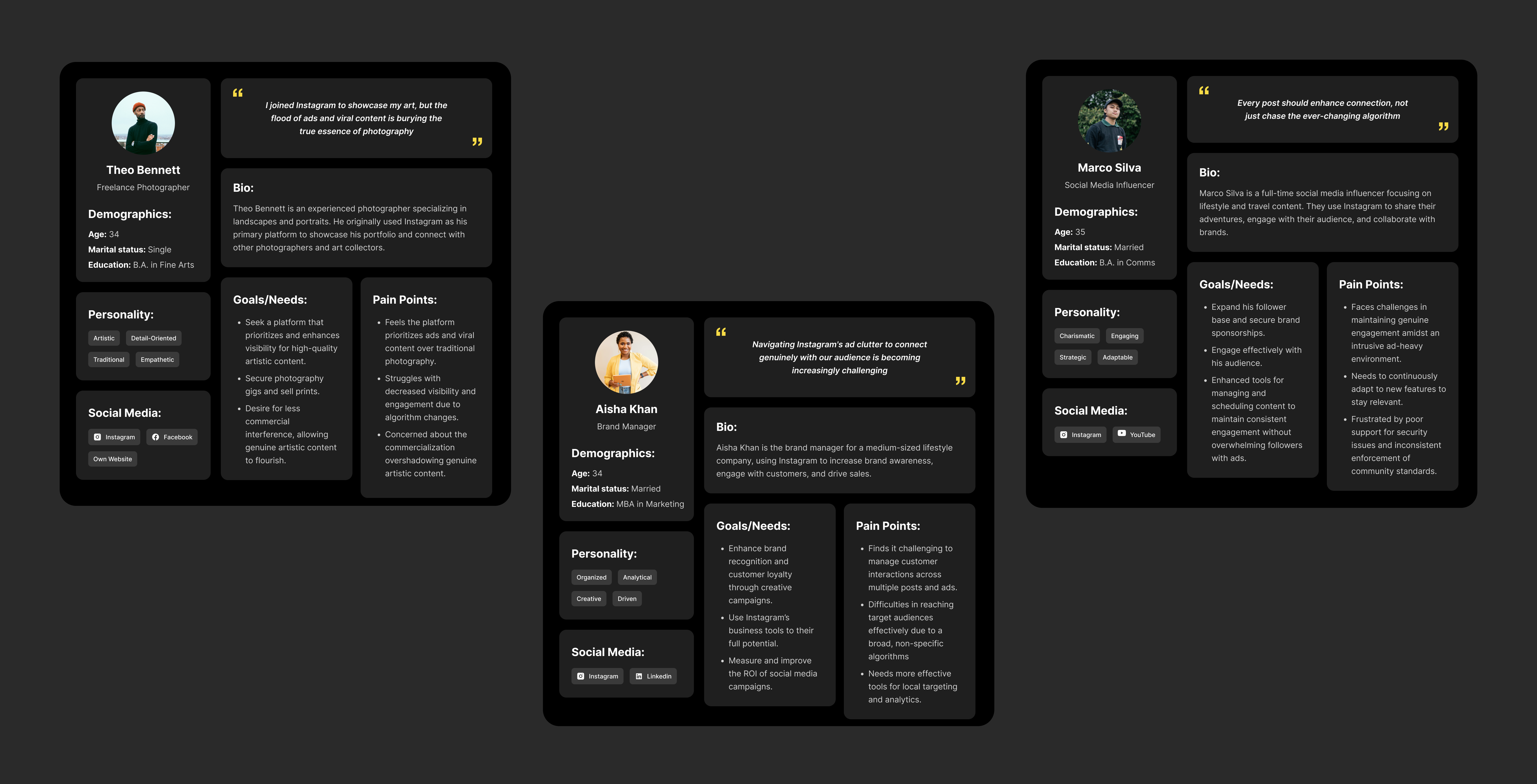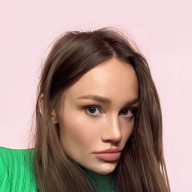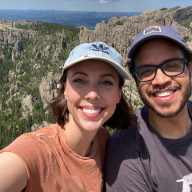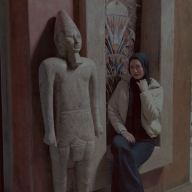User Personas for Instagram
Project Information
Platform - Instagram
Device Type - Smartphone (IOS & Android)
Research Methods - I conducted primary research by taking interviews of 4 Instagram users and conducted secondary research by gathering content analysis via reviews on Reddit, App Store (Apple), Trustpilot and Play Store (Android).
The following are a selection of interview questions I asked my participants:
How long have you been using Instagram?
How often do you use Instagram, and for what purposes?
How do you use Instagram to support your personal or professional goals?
What challenges do you face when using Instagram?
Which features do you find most useful on Instagram, and why?
Can you describe a recent situation where you felt particularly satisfied or frustrated with your Instagram experience?
During the interview process with my participants, I explored the challenges they encounter while using Instagram and identified potential improvements to enhance user satisfaction. From these discussions, I compiled a list of key insights based on their experiences and the challenges they highlighted.
Based on my research, I created 3 different types of personas:
1. Theo Bennett is an experienced photographer specializing in landscapes and portraits. He originally used Instagram as his primary platform to showcase his portfolio and connect with other photographers and art collectors.
2. Aisha Khan is the brand manager for a medium-sized lifestyle company, using Instagram to increase brand awareness, engage with customers, and drive sales.
3. Marco Silva is a full-time social media influencer focusing on lifestyle and travel content. They use Instagram to share their adventures, engage with their audience, and collaborate with brands.
In my research, I also aimed to demonstrate how my findings could assist the product development team at Instagram. To this end, I've outlined specific action points tailored to each user type. These recommendations are designed to guide improvements and innovations within the platform, ensuring that the changes not only address user needs but also enhance overall functionality and user satisfaction. Each action point is carefully chosen to make a positive impact on the user experience, directly influencing how the product evolves to meet the diverse demands of its user base.
Through my research, I have concluded that by addressing these identified challenges and strategically integrating the insights into Instagram's operational tactics, this could significantly enhance the user experience. Focusing on targeted improvements will not only boost user engagement and satisfaction but will also cement Instagram's position as a leading platform for a diverse range of content creators and audiences. Actively soliciting user feedback and continuously adapting the platform will be crucial in maintaining Instagram's relevance and appeal in a rapidly evolving digital landscape.
Reviews
5 reviews
You have a strong start here. I liked how you combined primary interviews and secondary research from platforms like Reddit, Trustpilot, App Store, and Play Store. It shows you really tried to understand real users, not just guess. For a user persona brief, that level of depth matters a lot.
The three personas you created — Theo, Aisha, and Marco — feel believable. Their goals and pain points make sense for their roles. It is clear you thought about different types of users on Instagram, not just one group. I also appreciated how you added direct quotes inside each persona. It made them feel more personal and tied back to real user voices.
One thing I noticed is that the visual structure of the personas could be a little tighter. Right now, all the sections like 'Goals/Needs' and 'Pain Points' flow fine, but it would be easier to scan if you gave a bit more visual weight to important parts. Small tweaks in how you organize the text would make a big difference, especially since the design brief asks for clear, accessible personas.
Another thing you could improve is how you connect your findings to design actions. You explained the challenges and insights well, but you stopped a bit short of telling what could be done with these personas next. For example, hinting at how Instagram could use them to adjust their algorithm or community support would close the loop better. The brief expects personas that can inform product decisions, so showing that next step would strengthen your work.
The writing tone in the main project is mostly clear, but some parts, like the final 'in conclusion' section, sound a bit too formal compared to the rest. Keeping the tone consistent and straightforward throughout would fit better with the style expected in UX documentation.
Overall, this is a well-researched and thoughtful submission. Small refinements in structure, flow, and connection to strategy would easily take it to the next level.
Hi Curtis,
The user personas for Instagram are well-defined and thoughtfully created, capturing a clear understanding of different audience needs. The visuals complement the personas effectively, making them easy to grasp. A small enhancement could be adding more specific scenarios for each persona to deepen the context. Great work—really impressive!
Hey Curtis,
I just went through your “User Personas for Instagram” project, and I want to start by saying—this is a really strong piece of UX work. It’s clear that you care deeply about understanding the user beyond surface-level assumptions, and that shines through in how you've structured your personas and research process.
I especially appreciated that you conducted both primary interviews and secondary research from platforms like Reddit and Trustpilot. That kind of triangulation gives your findings more credibility and helps balance anecdotal and crowd-sourced insights. It's also a great sign that you're thinking not just about what people are saying, but why they’re saying it, which is such an important mindset in UX research.
What You Did Well:
1. Strong Persona Foundations:
Theo, Aisha, and Marco each feel distinct, and more importantly—they feel real. You managed to bring in relevant goals, frustrations, and personality traits that genuinely align with different user types on Instagram. It's especially nice that you didn’t rely on stereotypes; instead, the personas seem grounded in actual behaviors and use patterns.
2. Research Depth:
The research questions you posed are clear and targeted. They go beyond just “how do you use Instagram?” and get into the user's motivations, emotional engagement, and even their sense of community. That’s where the real design gold lies. It’s great to see you digging into these deeper layers.
3. Clean Presentation:
The layout is easy to follow and visually digestible, which really helps in getting stakeholders or non-designers on board with the personas. The balance between text and visual elements keeps the content engaging without overwhelming the viewer.
Ideas for Further Growth:
1. Expand on Your Research Methods:
It would be super insightful to see a brief summary of how you conducted your interviews—things like how many people you spoke to, how they were recruited, and how you synthesized the data into themes. Even a short paragraph or diagram showing this journey could give more weight to the personas and help others replicate your process.
2. Include Direct Quotes or Insights:
Sometimes, bringing in actual user quotes (even paraphrased) from your interviews adds richness and empathy. It helps humanize the personas even more and grounds the profiles in the voices of real users.
3. Consider Behavioral Dimensions:
You might consider adding spectrum-based traits like “Content Creator ↔ Content Consumer” or “Privacy-Focused ↔ Public Sharer.” This type of mapping can show how personas might shift or overlap, which is especially valuable for a platform as broad as Instagram.
4. Add Use Scenarios or Journey Moments:
Think about crafting short narrative snippets that show how each persona might interact with a specific Instagram feature or encounter a problem. Even something like “Aisha opens Instagram first thing in the morning to check messages from her creative network...” helps stakeholders envision the product in use.
5. Touch on Accessibility or Tech Confidence:
Adding dimensions like tech-savviness or accessibility needs (e.g., for someone who may have visual impairments or prefers voice features) can help ensure inclusivity in future design decisions.
Final Thoughts:
Curtis, this is thoughtful and intentional work. You've laid a strong foundation with personas that are not only usable but empathetic. With just a little more emphasis on your research methodology and deeper narrative context, this could become a case study that really stands out in your portfolio—not just visually, but strategically.
Keep pushing—your UX instincts are solid, and I’m excited to see what you do next!
Hello Curtis, excellent work on these Instagram user personas! Your research methodology is thorough, combining interviews with secondary research from Reddit, App Store, Trustpilot and Play Store reviews. The three personas are well-defined with clear goals and needs. Your insights about action prioritization and user experience improvements are strategic and actionable. Great job!
Your attention to detail shows.
You might also like
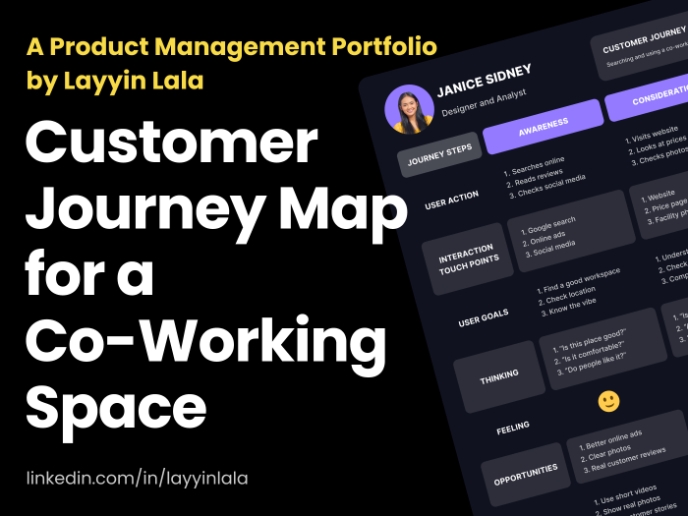
Customer Journey Map for a Co-Working Space
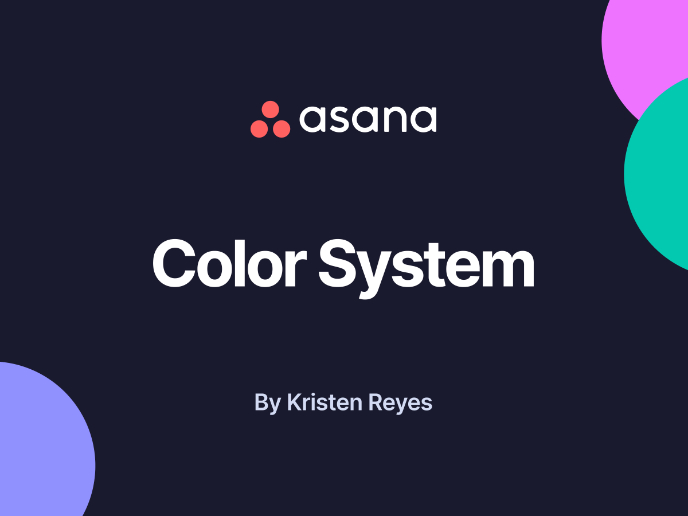
Reimagining Asana's Color System
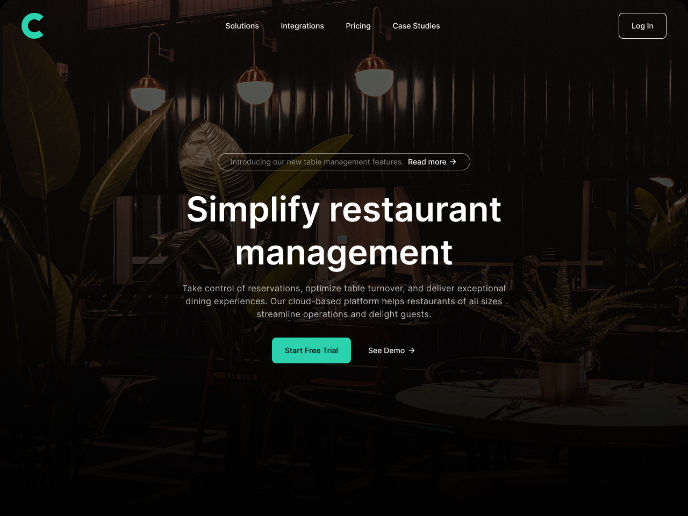
Responsive Main Screen
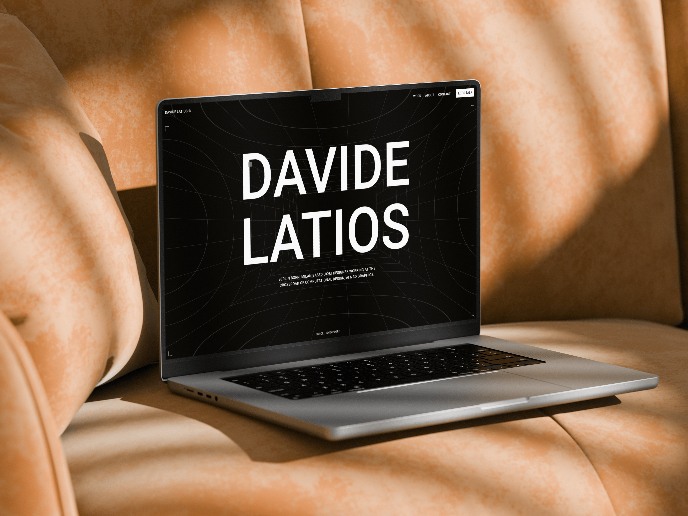
Latios - Free Portfolio Template for UX/UI Designers
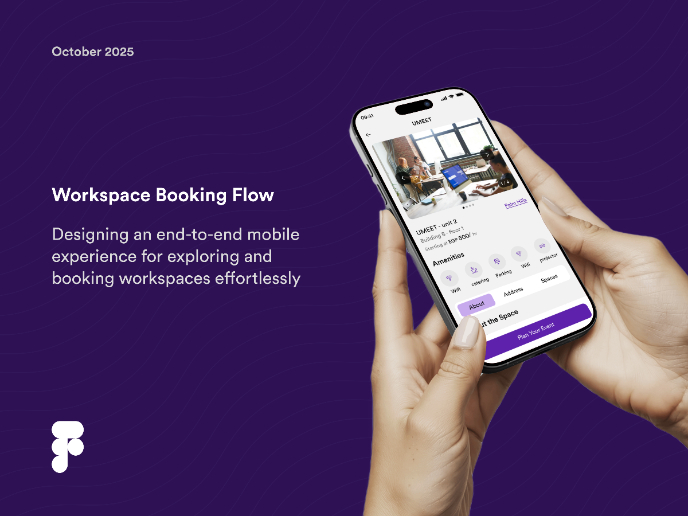
Workspace Booking Flow - UI/UX Design
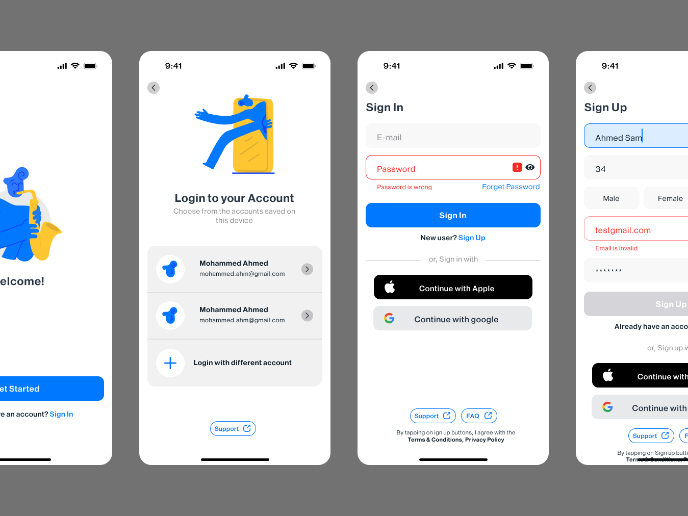
Login/Sign up Form
User Research Courses

Introduction to Product Management

The Product Development Lifecycle & Methodologies





